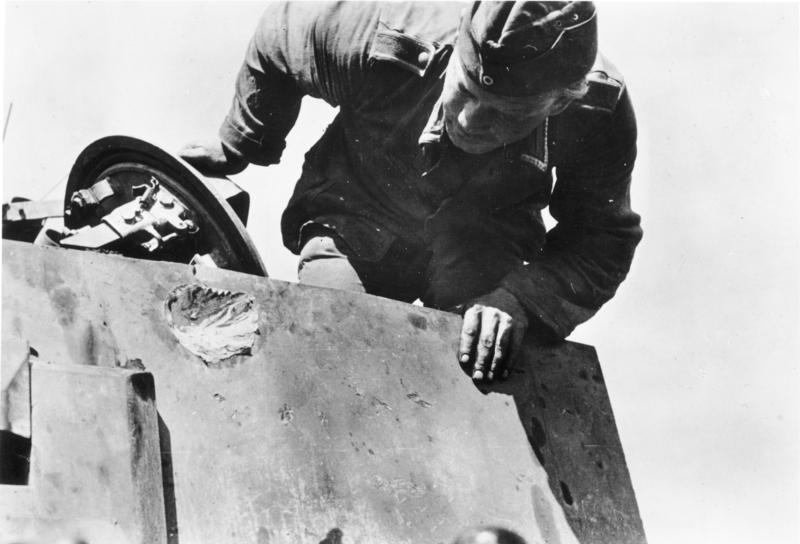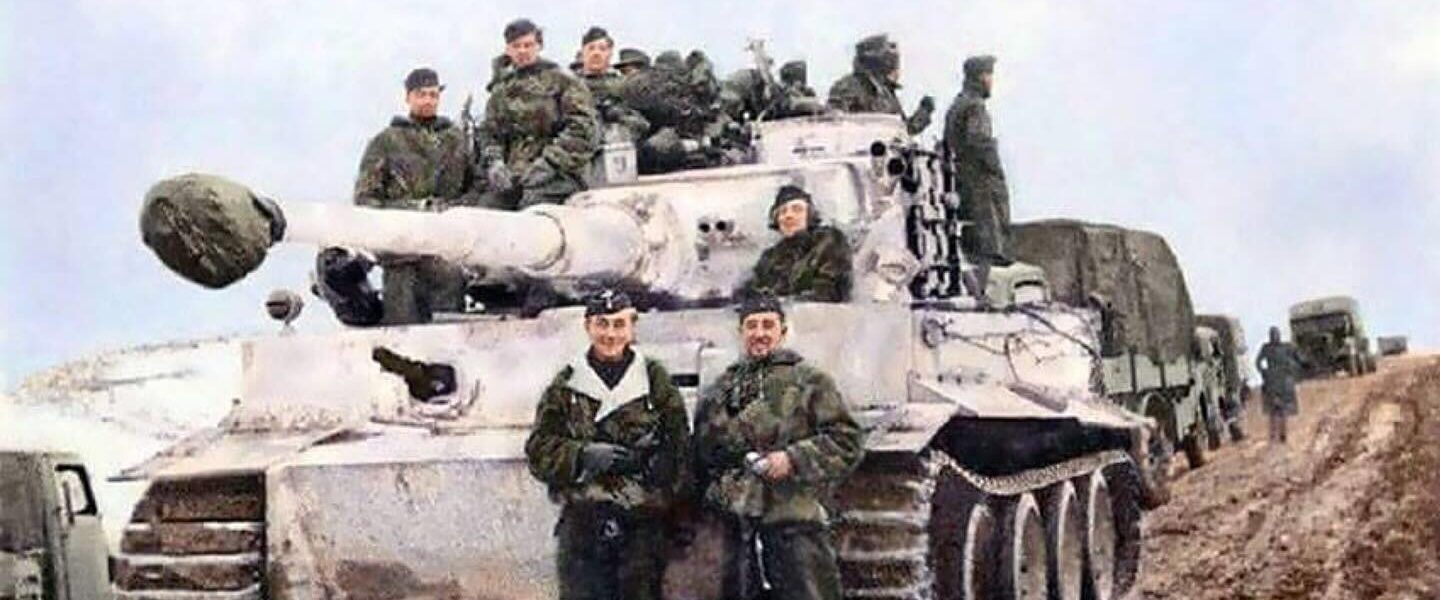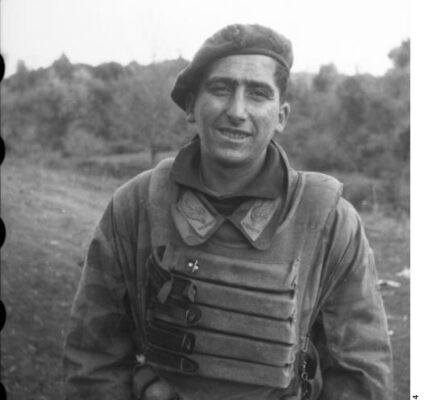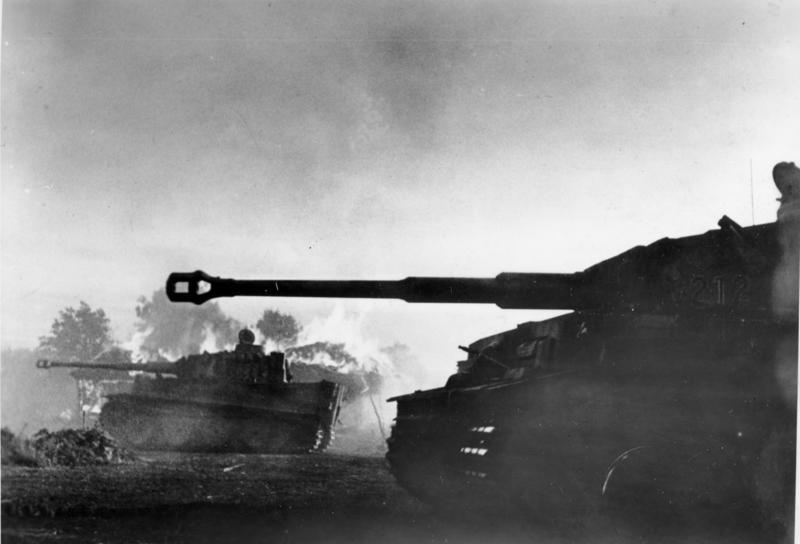
The infamous Tiger I was arguably the most feared tank of World War II. While it didn’t possess the strongest armor or the most powerful gun of any German tank, when it was introduced in 1942, no other tank from any nation could compete with it. It offered unprecedented protection and previously unmatched firepower. Its influence continued after World War II, influencing the postwar designs of countries that never wanted to be so hopelessly outgunned again.
Its 88 mm KwK 36 L/56 cannon could disable a Sherman tank from 1,100 meters, well beyond the range of the Sherman’s own gun. This effectively made the Tiger immune to counterfire over certain distances. An Allied tank had to be well within range of the Tiger before it could destroy it.
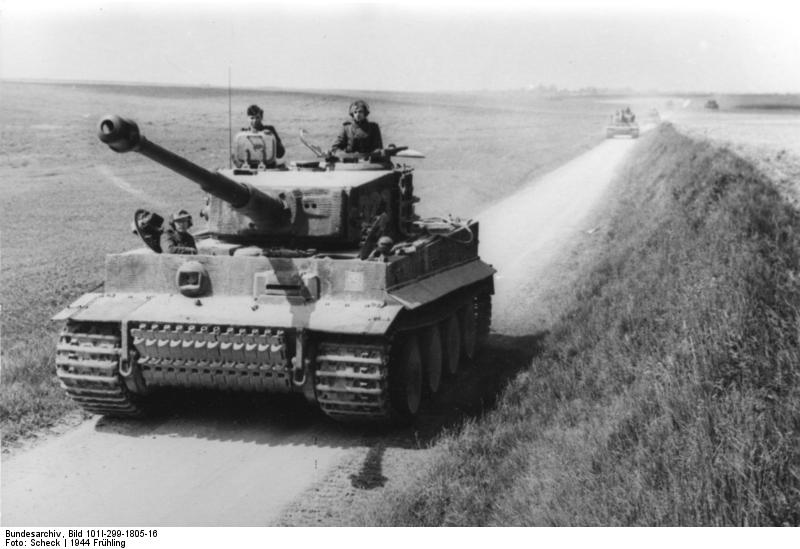
The initial designation was Panzerkampfwagen VI Ausführung H, later in the war it was renamed Panzerkampfwagen VI Ausführung E. Ferdinand Porsche nicknamed the tank “Tiger.” Only after the introduction of the Tiger II did it become known as the Tiger I.
The Tiger was first deployed against the Soviets in September 1942. At Hitler’s request, who wanted to test his new weapon, it entered service several months earlier than planned. Despite its incredible capabilities, the Tiger was used rather inadequately in the early battles, resulting in a rather lackluster performance on paper. The British and Americans first saw the Tiger in North Africa in December 1942, where they achieved significantly greater success. They fought on all fronts in Europe until the end of the war.
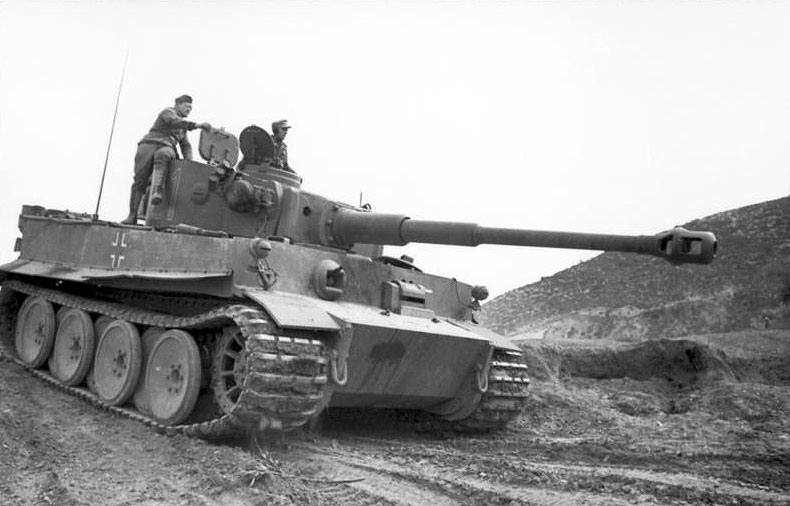
The fear the Tiger instilled in Allied tankers through its dominant initial encounters led to almost every enemy tank spotted by Allied forces being identified as a Tiger. This “Tiger fear” massively increased the number of actual direct engagements between Allied tanks and Tigers. Today, this number is estimated to be very low, as only 1,350 were produced during the entire war, compared to 50,000 Sherman tanks alone. Although the Germans themselves introduced more powerful tanks than the Tiger I, the Tiger remained competitive with Allied tanks throughout the war. The US M26 Pershing, introduced over two years later in 1944, was only a rough match for the Tiger in most aspects. Soviet designs were more successful against Tigers, as they were capable of reliably destroying them with 122 mm and 152 mm guns.
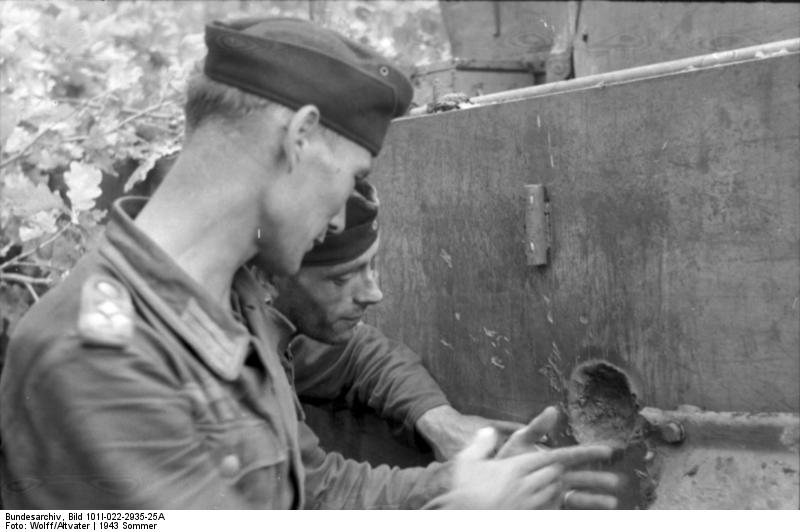
Despite its fearsome capabilities and reputation, it also had weaknesses. Maintenance, repair, and operation were a logistical nightmare. The 60-ton weight pushed the engine and transmission to their limits. Therefore, Tiger drivers received special training to avoid overloading the Maybach V12 engine. In the event of a breakdown, spare parts were often scarce, and repairs were difficult due to the vehicle’s complexity. Fuel consumption was also very high—a problem for Nazi Germany, which was already suffering from severe fuel shortages.
After the war, the remaining Tiger tanks were scrapped, and today only a few remain. Only a handful are on display in museums, and even fewer remain as outdoor monuments.
Currently, only one Tiger remains operational; the Bovington Tank Museum in the UK owns Tiger 131, which is the star of many museum events and was used in the 2015 film “Fury.”
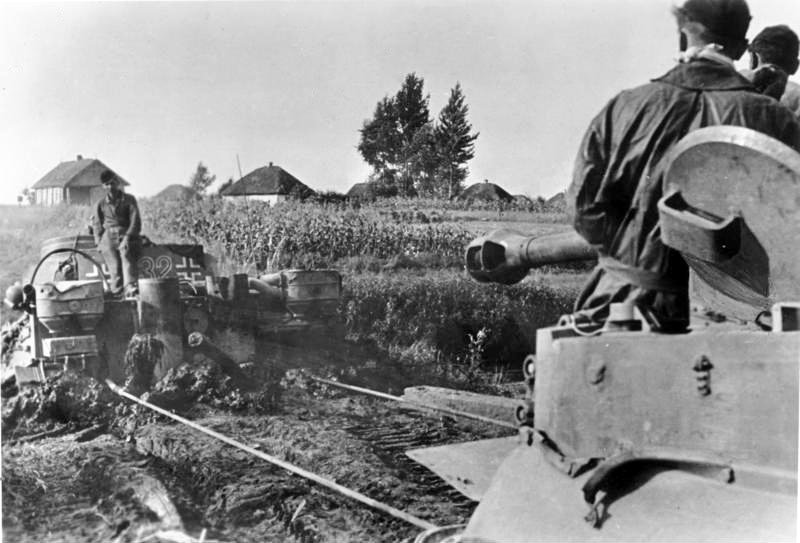
Tiger II
The Tiger I was a further development of the Tiger Ausf. B Panzerkampfwagen, also known as the King Tiger by many Allied forces. Weighing over 75 tons, it was significantly larger in every respect. Its frontal armor was increased from 100 mm on the Tiger I to 150 mm on the Tiger II. The armor was not only thicker but also sloped similarly to the Panther, increasing its effectiveness.
The Tiger II also had an 88 mm cannon, but the KwK 43 L/71, a gun 1.3 meters longer than the one in the Tiger I. This gun was significantly more powerful than the KwK 36 L/56 and could disable any tank used in the war, even at long ranges. The Tiger II’s large chassis served as the basis for the Jagdtiger, a heavy tank destroyer with a 128 mm cannon, which became the heaviest armored vehicle in service during the war.
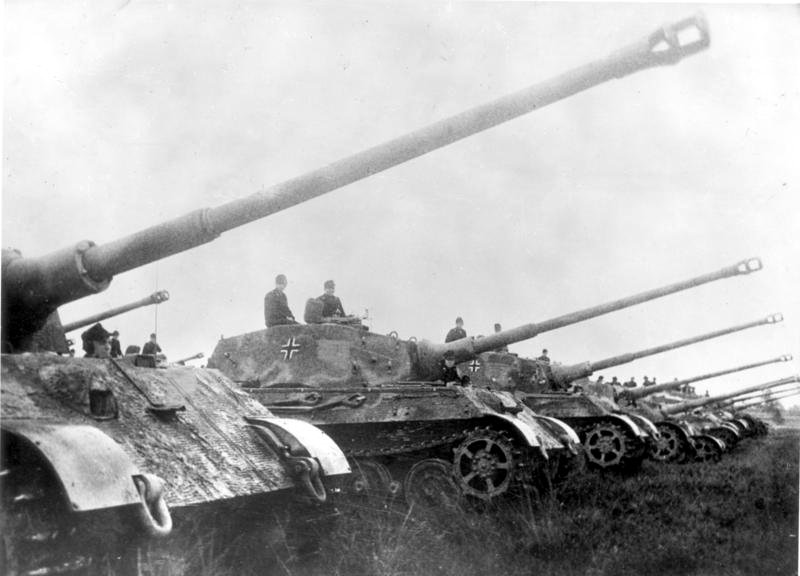
The Tiger II expanded the capabilities of the Tiger I with stronger armor and a better cannon, but also exacerbated the problems of its predecessor. The Royal Tiger’s enormous weight became a serious logistical problem, straining the powertrain and requiring more raw materials for production. As with the Tiger I, spare parts were scarce, and repairs were extremely difficult without a well-equipped repair depot.
Production began in mid-1944 and ended production of the Tiger I. Only 492 units were built, partly due to the labor required (about 300,000 per vehicle) and the relentless Allied bombing.
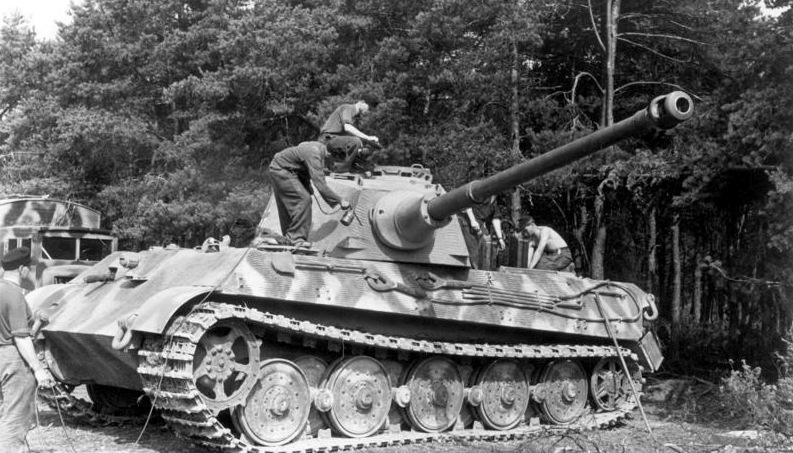
The heavy tank battalions of the Waffen-SS and the Army fielded the Tiger II. The Allies first encountered this tank on D-Day, June 6, 1944, one month after their invasion of Normandy. They made their debut in the East in September 1944. Their performance often ranged between good and evil. Ideally, a Tiger II posed a formidable threat, even to an entire Allied tank column. However, if caught out of position or operated by an inexperienced crew, it was quickly defeated by the overwhelmingly superior Allied forces.
